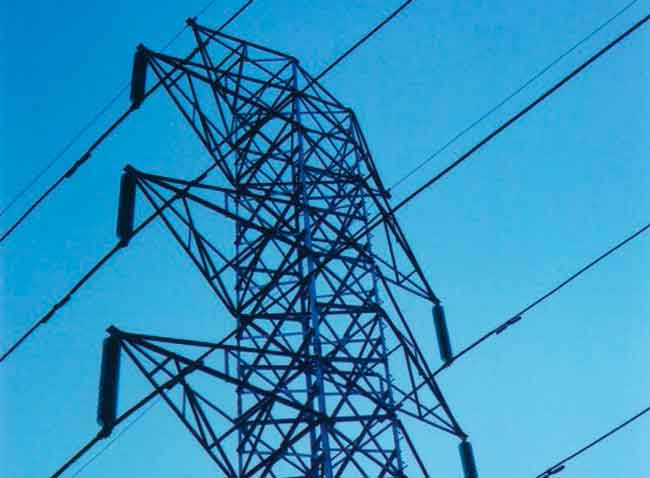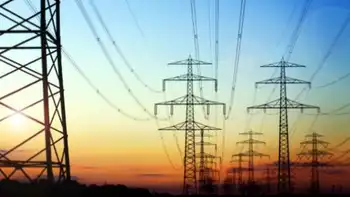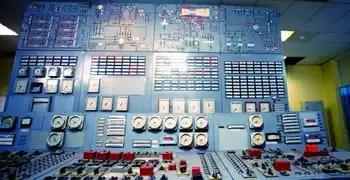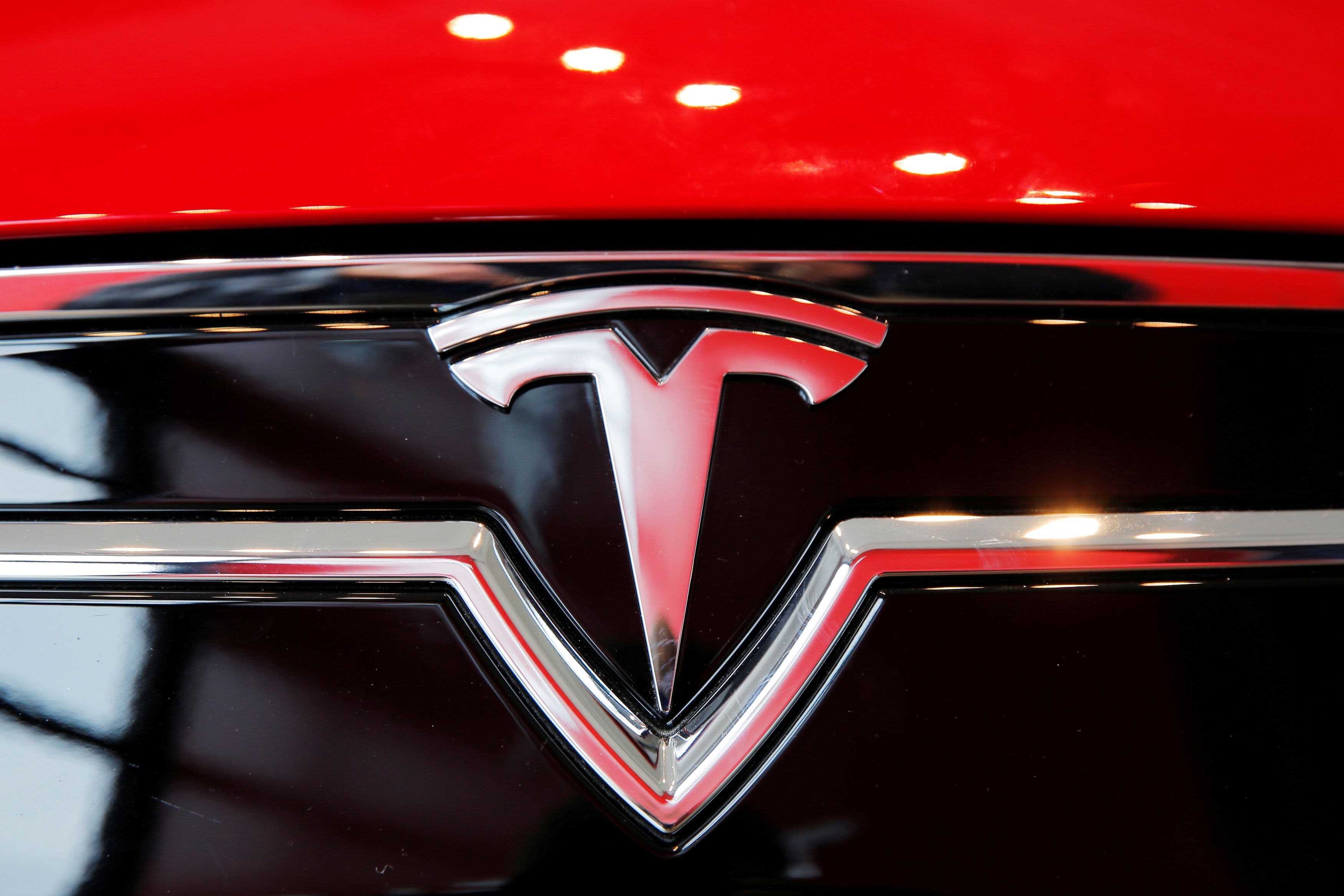Solar power wins enthusiasts but not money
By New York Times
High Voltage Maintenance Training Online
Our customized live online or in‑person group training can be delivered to your staff at your location.

- Live Online
- 12 hours Instructor-led
- Group Training Available
It is no wonder solar power has captured the public imagination. Panels that convert sunlight to electricity are winning supporters around the world — from Europe, where gleaming arrays cloak skyscrapers and farmers’ fields, to Wall Street, where stock offerings for panel makers have had a great ride, to California, where Gov. Arnold Schwarzenegger’s “Million Solar Roofs” initiative is promoted as building a homegrown industry and fighting global warming.
But for all the enthusiasm about harvesting sunlight, some of the most ardent experts and investors say that moving this energy source from niche to mainstream — last year it provided less than 0.01 percent of the country’s electricity supply — is unlikely without significant technological breakthroughs. And given the current scale of research in private and government laboratories, that is not expected to happen anytime soon.
Even a quarter century from now, says the Energy Department official in charge of renewable energy, solar power might account for, at best, 2 or 3 percent of the grid electricity in the United States.
In the meantime, coal-burning power plants, the main source of smokestack emissions linked to global warming, are being built around the world at a rate of more than one a week.
Propelled by government incentives in Germany and Japan, as well as a growing number of American states, sales of solar panels made of silicon that convert sunlight directly into electricity, known as photovoltaic cells, have taken off, lowering manufacturing costs and leading to product refinements.
But Vinod Khosla, a prominent Silicon Valley entrepreneur who focuses on energy, said the market-driven improvements were not happening fast enough to put solar technology beyond much more than a boutique investment.
“Most of the environmental stuff out there now is toys compared to the scale we need to really solve the planet’s problems,” Mr. Khosla said.
Scientists long ago calculated that an hourÂ’s worth of the sunlight bathing the planet held far more energy than humans worldwide could use in a year, and the first practical devices for converting light to electricity were designed more than half a century ago.
Yet research on solar power and methods for storing intermittent energy has long received less spending, both in the United States and in other industrialized countries, than energy options with more political support.
Indeed, there are few major programs looking for ways to drastically reduce the cost of converting sunlight to energy and — of equal if not more importance — of efficiently storing it for when the sun is not shining.
Scientists are hoping to expand the range of sunlightÂ’s wavelengths that can be absorbed, and to cut the amount of energy the cells lose to heat. One goal is to make materials to force photons to ricochet around inside the silicon to give up more of their energy.
For decades, conventional nuclear power and nuclear fusion received dominant shares of government energy-research money. While venture capitalists often support the commercialization of new technologies, basic research money comes almost entirely from the federal government.
These days, a growing amount of government money is headed to the farm-state favorite, biofuels, and to research on burning coal while capturing the resulting carbon dioxide, the main heat-trapping smokestack gas.
In the current fiscal year, the Energy Department plans to spend $159 million on solar research and development. It will spend nearly double, $303 million, on nuclear energy research and development, and nearly triple, $427 million, on coal, as well as $167 million on other fossil fuel research and development.
Raymond L. Orbach, the under secretary of energy for science, said the administration’s challenge was to spread a finite pot of money to all the technologies that will help supply energy without adding to global warming. “No one source of energy that we know of is going to solve it,” Dr. Orbach said. “This is about a portfolio.”
In the battle for money from Washington, solar lobbyists say they are outgunned by their counterparts representing coal, corn and the atom.
“Coal and nuclear count their lobbying budgets in the tens of millions,” said Rhone Resch, president of the Solar Energy Industries Association. “We count ours in the tens of thousands.”
Government spending on energy research has long been shaped by political constituencies. Nuclear power, for example, has enjoyed consistent support from the Senate Energy Committee no matter which party is in power — in large part because Senators Jeff Bingaman and Pete V. Domenici, the Democratic chairman and the ranking Republican, are both from New Mexico, home to Los Alamos National Laboratory and a branch of the Sandia National Laboratories.
Biofuels, mostly ethanol and biodiesel, have attracted lawmakers who support farm subsidies. Last year an impromptu coalition established a goal of producing 25 percent of the countryÂ’s energy, including vehicle fuel, from renewable sources by 2025. Legislation to that effect attracted 34 senators and 69 representatives as co-sponsors; the resolutions are pending in both houses. Most of the measureÂ’s supporters are from agricultural areas.
For the moment, the strongest government support for solar power is coming from the states, not Washington. But there, too, the focus remains on stimulating markets, not laboratory research.
The federal government is proposing more spending on solar research now, but not enough to set off a large, sustained energy quest, many experts say.
“This is not an arena where private energy companies are likely to make the breakthrough,” said Nathan S. Lewis, head of a solar-research laboratory at the California Institute of Technology.
Many environmental organizations are pushing for tax credits for people who buy solar equipment, which helps manufacturing but not research.
Still, some experts say government-financed research efforts often go awry. And several government officials defended the current effort, saying an outsize investment in solar research is not needed because the industry is already in high gear.
Bush administration officials say they are committed to making power from photovoltaic technology as well as “solar thermal” systems competitive with other sources by 2015.
Alexander Karsner, the lead Energy Department official for renewable energy technology and efficiency, said the expanded use of photovoltaic cells could have its greatest impact by substantially reducing the energy thirst of new buildings.
To be sure, there are some promising signs in solar energy.
Big arrays of mirrors that concentrate sunlight to run turbines, which first emerged in the early 1980s, are resurgent in sun-baked places like the American Southwest, Spain and Australia. Some developers say this solar thermal technology is competitive now with power generated by natural gas when demand, and prices, hit periodic peaks.
With more research, the solar thermal method might allow for storing energy. Currently, all solar power is hampered by a lack of storage capability.
“The scale on which things actually have to happen on energy is not fully either appreciated or transmitted to the public,” said Dr. Lewis of Caltech. “You have to find a really cheap way to capture that light, for the price of carpet or paint, and also convert it efficiently into something humans can use for energy.”
After more than two decades in which research on converting solar power to electricity largely lapsed, the Bush administration and lawmakers in Congress are now discussing more money for the field. Dr. Orbach said the Energy DepartmentÂ’s proposed research plan for 2008 to 2012 includes $1.1 billion for solar advances, more than the $896 million going toward fusion.
But many scientists, perhaps seasoned by past energy cycles, doubt that the new burst of interest is sufficient to lure the best young minds in chemistry and physics. After encouraging 346 research groups last year to seek grants for surmounting hurdles to harnessing solar power, the Energy Department this year ended up awarding $22.7 million over three years to 27 projects — hardly the stuff of an energy revolution, several scientists said.
“There is plenty of intellectual firepower in the U.S.,” said Prashant V. Kamat, an expert in the chemistry of solar cells at the University of Notre Dame, who has some Energy Department financing. “But there is limited encouragement to take up the challenge.”











